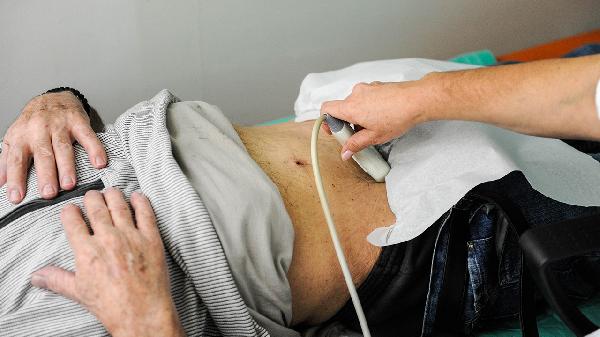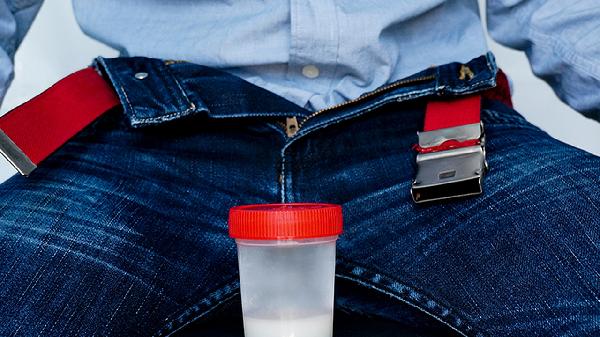What are the methods for HIV testing? When testing for AIDS, it's important to consider the window period, which is the time from when the HIV virus enters the body until enough antibodies are produced in the blood to be detectable by testing methods. During the window period, although HIV antibodies cannot be detected, the virus is already present in the body, so individuals in this phase are also infectious.

Laboratory Testing
Sample Collection
The most common sample for AIDS testing is blood, though saliva or urine can also be used as test specimens.
Common methods for sample collection are as follows:
1. Serum sample collection: Use a syringe to draw 3-5ml of venous blood, let it sit at room temperature for 1-2 hours, and after the serum and blood clot have contracted, centrifuge at 3000rpm for 15 minutes, then aspirate the serum for use.
2. Personal protective measures should be taken during sample collection to prevent occupational exposure.
Sample Storage and Transportation
1. Storage and transportation: Serum samples should be stored below 4°C. For long-term storage, they should be kept at low temperatures (-30°C to -80°C). The transportation process should also maintain a low temperature.
2. The storage and transportation of samples should comply with biosafety requirements.
Sample Testing
Primary AIDS testing mainly involves serum antibody testing.
1. Common testing methods for initial screening
(1) Enzyme-linked immunosorbent assay (ELISA)
(2) Gelatin particle agglutination test (PA)
2. Common testing methods for confirmatory testing
Western blot test
3. Other testing methods: PCR
Blood Routine
























